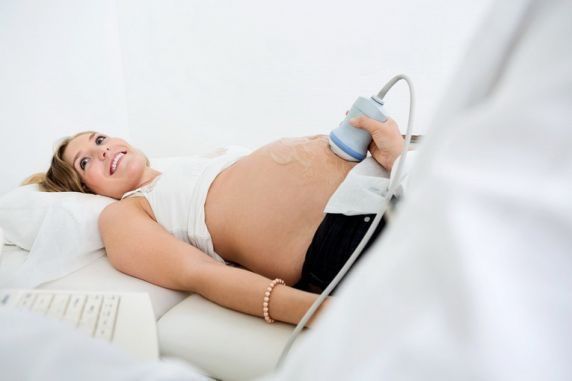Down syndrome when it develops Screening and diagnosis
Down syndrome: when it develops? Screening and diagnosis
Pregnancy is a very important time in a woman's life. Her body changes and prepares to accommodate the growth of the fetus. During the nine months of gestation, it is essential for women to take care of their health, which is why there are never too many.
In fact, it is advisable to undergo a prenatal screening or diagnostic test, such as amniocentesis, to ascertain the health status of your baby.
The Trisomies such as the Down syndrome, the Edwards syndrome and the Patau Syndrome fall under chromosomal abnormalities. In these cases, the genome is characterized by the presence of an excess chromosome. It has been shown that chromosomal abnormalities are more frequent when the age of the pregnant woman increases, especially after the age of 35 1 .
The Down Syndrome is also referred to as Trisomy 21, and is probably the best known trisomy. This chromosomal abnormality is caused by the presence of an extra chromosome 21. As far as Italy is concerned, 1 out of every 1 children.200 are born with Down syndrome 2 . This anomaly is named after the British doctor John Langdon Down Who described it in 1866.
3 different types of trisomy 21 are classified:
- free trisomy
- translocation trisomy
- mosaicism
La trisomy free affects 95 percent of cases and is the most frequent in the world. A trisomy is defined as free when three chromosomes 21 are present in all cells. So, in these cases, the child has 47 chromosomes in his or her genetic make-up instead of 46 3 .
The trisomy by translocation occurs in about 4 percent of cases and occurs when part of chromosome 21 fuses to another chromosome. If a parent has such a translocation, it increases the likelihood that the child has Down syndrome 3 .
La mosaic trisomy or mosaicism, is rare (occurring in only about 1 percent of cases). In this case, the affected person has both cells with 46 chromosomes therefore normal, and cells with chromosome 21 in supernumerary, thus 47 chromosomes 3 .
DOWN SYNDROME: HOW IT MANIFESTS ITSELF
La Down syndrome manifests as a mental retardation that affects the person's behavioral level and social life 4 .
In order to know the health status of the fetus, the pregnant woman can choose which prenatal screening test to undergo considering how effective and reliable the test is and how early one wants to do it.
As early as 10 per week of gestation, pregnant women can undergo fetal DNA testing, a noninvasive test that analyzes the baby's DNA circulating in maternal blood during pregnancy. This test is performed with a simple blood draw and can detect with 99.9% reliability, the major trisomies (Down syndrome, Edwards syndrome, Patau syndrome), microdeletions and other chromosomal abnormalities.
Another prenatal screening test is the Bi Test that can be performed between 11 a and 13 a week of pregnancy in conjunction with an ultrasound examination (called nuchal translucency). The reliability rate of these combined tests is about 85 percent 5 . Later, between 15 to 17 weeks, it is possible to perform the Tri Test, which has a reliability rate of about 60 percent.
Consult your gynecologist about which prenatal screening exam to perform based also on the risk factors present.
In the meantime, find out about Aurora, the noninvasive fetal DNA test, by visiting.
